Paying for Treatment with Insurance
It’s more and more common for families to wrap up an inquiry call with the question about my knowledge of what programs are in-network (INN) with their insurance, or what will be covered by insurance in-general. It’s in that moment that I usually hang my head. There’s so much to explain about this process, the conversation itself can take a minimum of 30 minutes just to go over the language, let alone understand policy details. To help families understand some level of what this all means, I figured it was time to write it down. Time to share in layman’s’ terms.
If you are looking for programs that are in-network with your insurance because that’s all your can afford, then you need to do these two things.
Understand your insurance policy to know whether or not you’ve met your deductible. If not, you’ll be paying until you hit that, and then insurance will cover (and only then, it will depend on your policy if it’s 100% coverage)
You probably won’t be hiring a consultant. Our job is not to know what programs are in-network with every insurance policy. In fact, that changes so much that it’s impossible to track. The fastest and cheapest route to know what’s in-network is to login to your insurance portal and search for levels of care that are included in your policy. Anticipate that this will be a fast experience through a treatment continuum, and try not to be stunned if they discharge your child out of treatment long before you think they’re ready to be back at home.
The best way to describe what to expect in-network vs. out-of-network is with this quote:
“Clinicians make suggestions, but Insurance makes decisions.”
Insurance companies treat treatment like it’s meant to be a quick fix. We all know, healing takes time.
Programs that will offer to bill out-of-network (OON) benefits are wanting to make treatment accessible to families (as much as possible, depending on your OON benefits), yet refuse to allow the insurance companies to dictate treatment timeline. This is the best option that families who are looking to use their insurance can seek out.
Private pay treatment facilities are often providing superbills with codes for families to immediately submit for reimbursement after their loved one has been discharged from a program. There’s never a guarantee of anything being reimbursed, yet you’d get 100% of $0 if you didn’t try to get reimbursed. There are companies that exist out there specifically to help with insurance advocacy so the families don’t have to spend time fighting their insurance.
The most important piece in all of this though is that to try not to jump into anything unless you’ve gotten a verification of benefits. You need to know if there are exclusions for levels of care or specific types of treatment experiences. You also need to know if there is a pre-authorization requirement within a certain time of enrollment, otherwise insurance will immediately refuse coverage.
The scariest thing of all would be enrolling in a program that guarantees your insurance will cover a specific amount of time for treatment (ie certain number of days, or specific levels of care, etc.). That is never true. Nothing with insurance is guaranteed. And if insurance immediately stops paying, will you then be stuck with a $2,000/day private pay bill for a insurance-driven program? This is every family’s nightmare. What a crappy spot to be in for any family!
Be informed before you make a decision based on insurance. Especially if you are in a place of urgency or emergency, still do your due diligence to make sure you don’t get stuck with a large sum of money owed because you thought your insurance provider would cover treatment.
For questions or comments contact Joanna.
